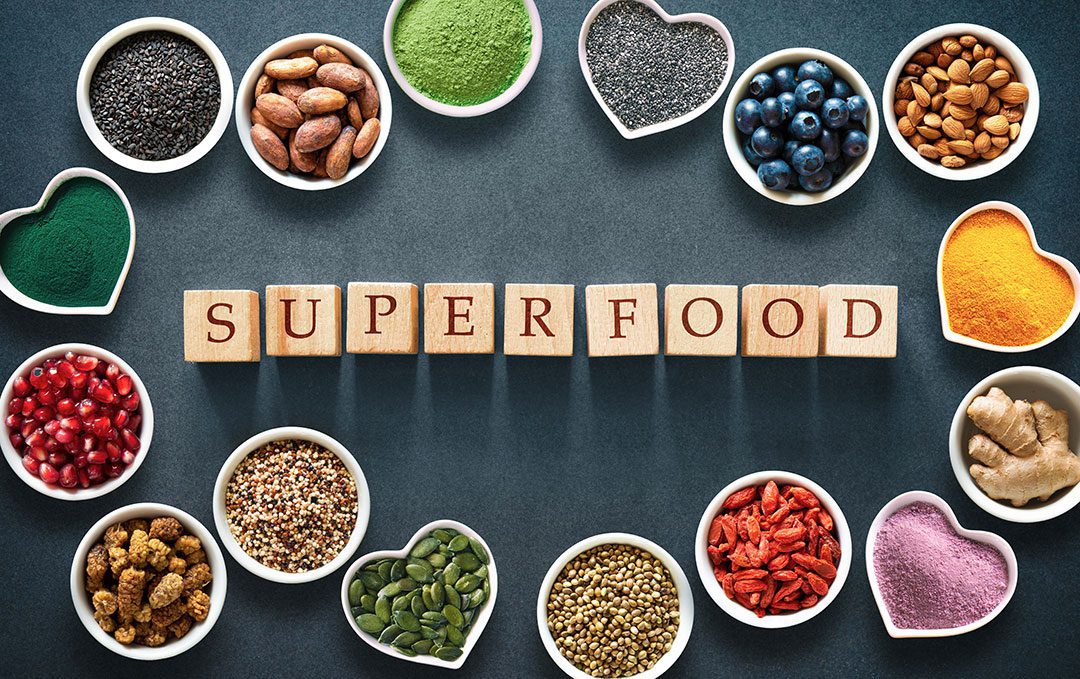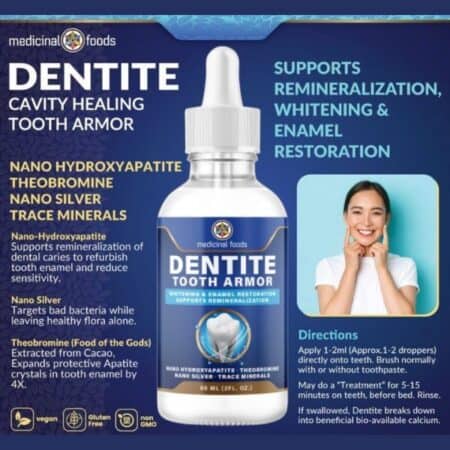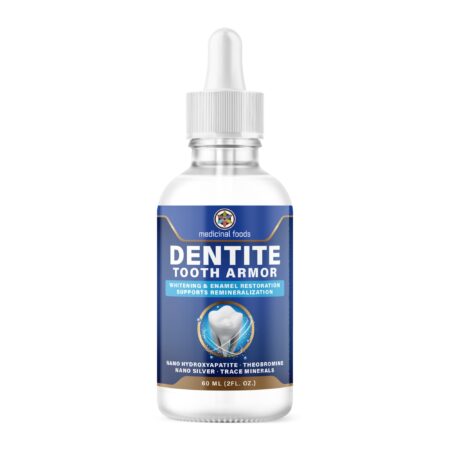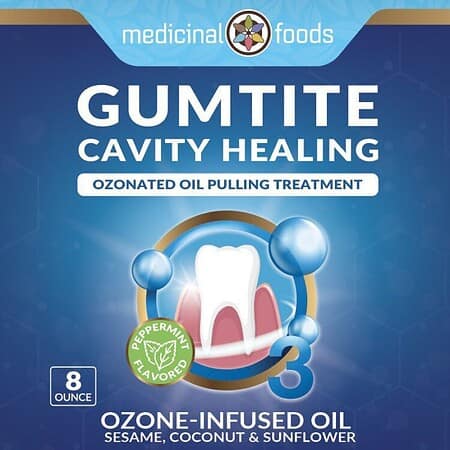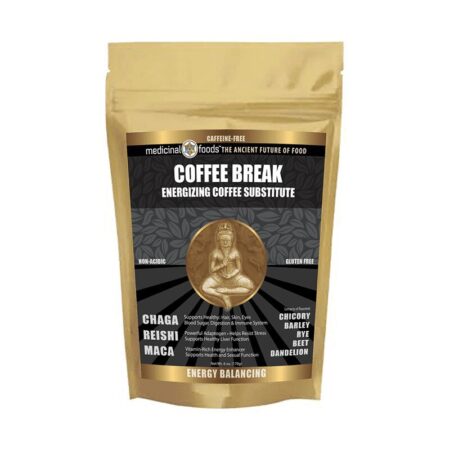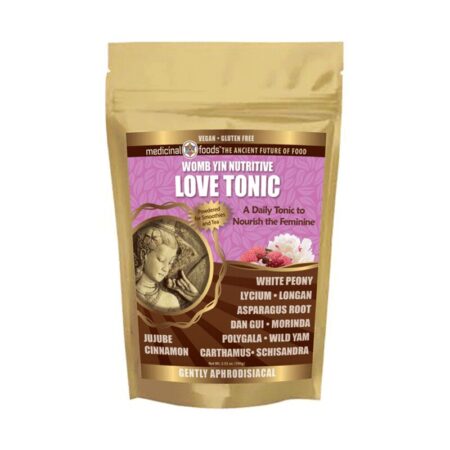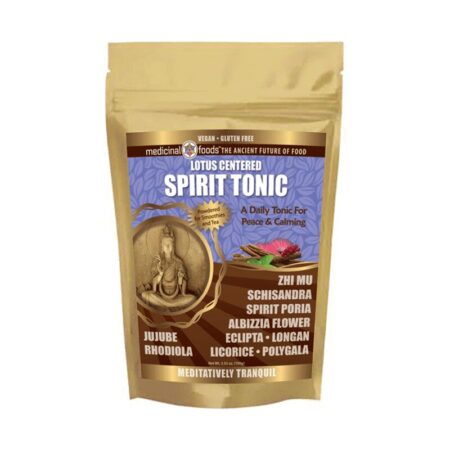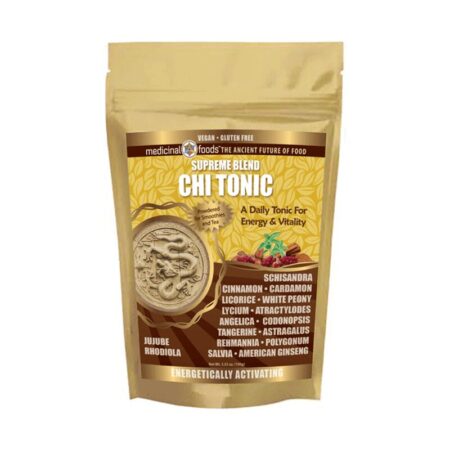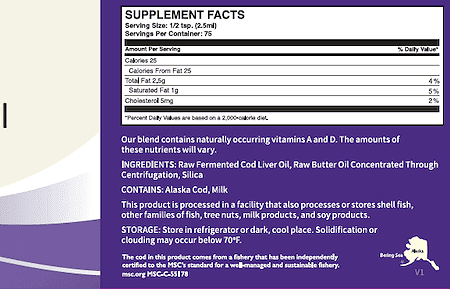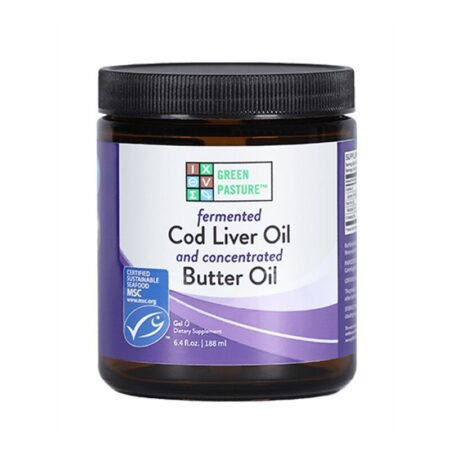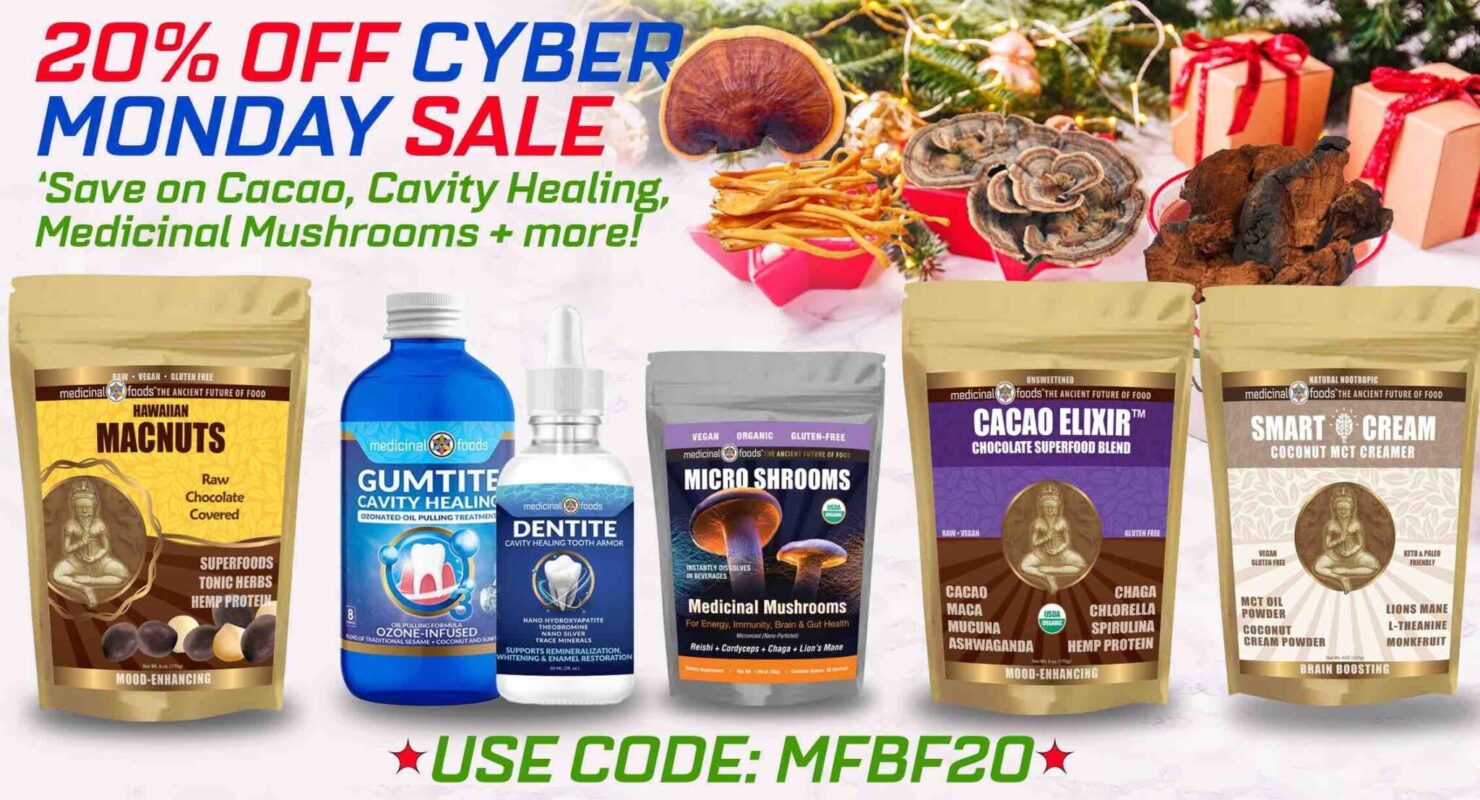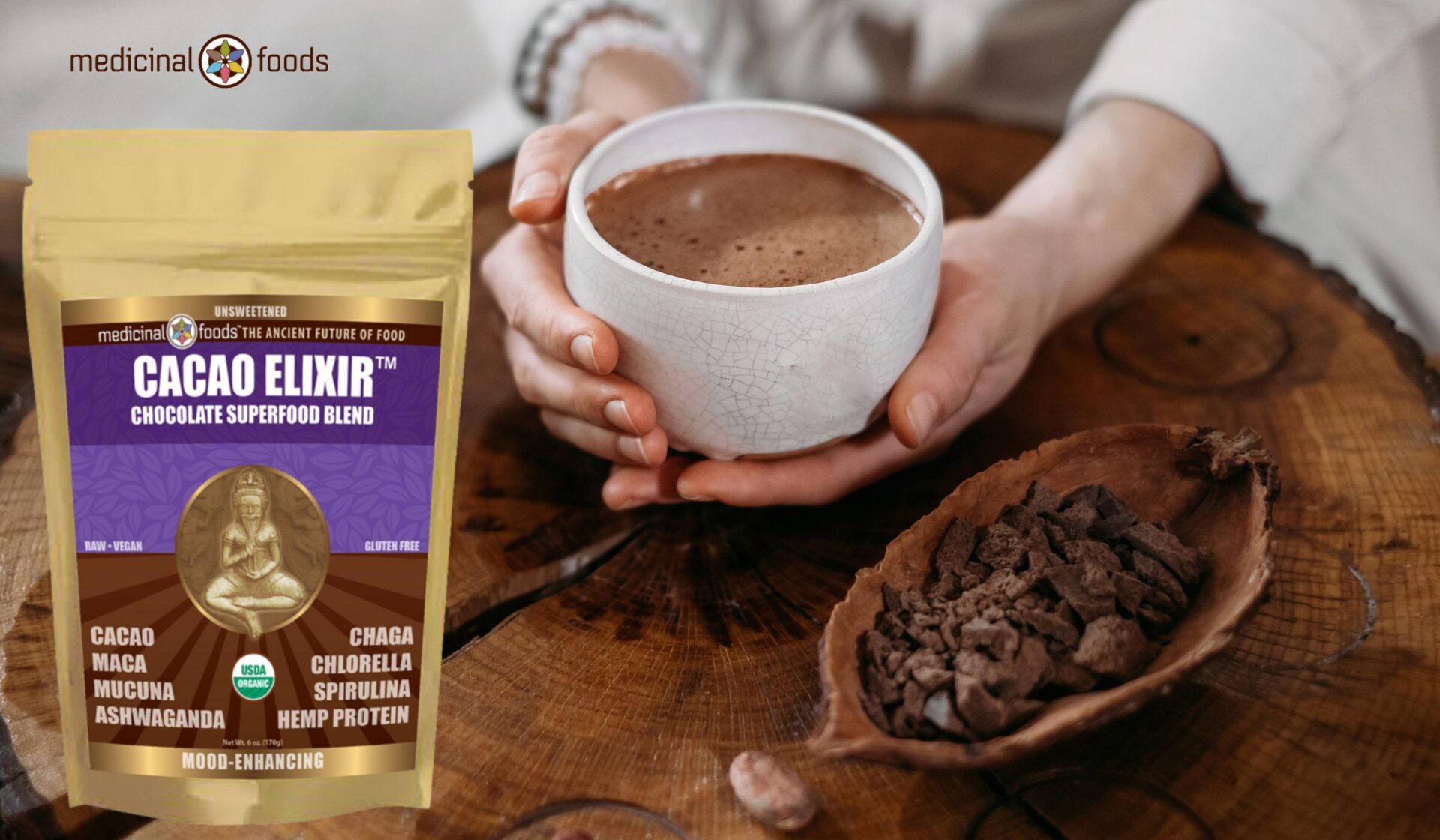What if I told you there was a superfoods list that would make you a superhero?
(Like Popeye’s tremendous strength gained from spinach?!)
Well, let us help you in avoiding long-term ailments with these amazing foods.
You can reduce your risk of high blood pressure, cardiovascular disease, diabetes, and some cancers by adopting good eating habits.
Several studies have demonstrated that the DASH (Dietary Methods for Stopping Hypertension) diet and the Mediterranean lifestyle emphasizing plants, can effectively reduce chronic disease risk factors and improve overall health.
To be sure, there are a few items that we came up with that need extra attention.
However, some of the nutrients found in these foods may enhance your meals and snacks and improve your eating habits.
Complete list of superfoods
Why is a complete list essential?
Because a healthy diet is helpful for a wide range of health conditions, the benefits of consuming them are vast and diverse.
-
Minimize one’s chance of getting heart disease.
-
Maintain a healthy weight.
-
Lessen the inflammatory reaction.
-
Maintain a healthy metabolism.
-
Don’t expose your organs and cells to poisons that might damage them.
These meals are commonly called "brain-boosting foods" because they promote concentration and productivity by activating specific processes in the body.
This diet is a way of eating that emphasizes whole, natural foods.
List of best superfoods
Here are the Top 15!
A well-balanced diet might be challenging to maintain if you’re anything like me.
But, the good news is that you don’t have to spend a lot of money or time to get these ingredients and cook these delicious and easy meals.
Instead, your body will be nourished by eating foods that may not appeal to you but yet are packed with nutrients.
Berries
It’s a fruit fest. Almost all berries are a good source of fiber, which is a component that many Americans lack in their diets.
As well as helping to maintain your digestive system in tip-top condition, fiber also has heart-healthy benefits and may help you lose weight by filling you up.
So make sure to eat various fruits, since they are all good for you.
This cold season is the best time to enjoy fresh berries (without added sugar) to use in smoothies, cereal, or thawed frozen yogurt.
Eggs
Eggs are an excellent source of high-quality protein that may bolster the nutritional value of your meals.
A serving of eggs provides 700 calories and 6 grams of protein, making them an excellent source of both.
In addition, zeaxanthin and lutein are two more antioxidants found in egg yolks—this help to keep the eyes healthy.
One of the most prevalent causes of blindness in the elderly is macular degeneration, which may be prevented by taking zeaxanthin and lutein supplements.
Salmon
The omega-3 acid fatty acids found in fish like mackerel, salmon, sardines, and other fatty fish are considered to lower the risk of heart disease and stroke.
The health advantages of eating fish may outweigh the risks of mercury poisoning.
However, the further up in the fish’s food chain, the more likely it is to be contaminated by pollutants.
Swordfish, sharks, tilefish, and king mackerel, to name a few, have higher mercury concentrations than other fish, such as sardines, smelt, and anchovies.
Green Vegetables
Many dark greens, including kale, collards, mustards (particularly those with radish-colored leaves), spinach, and others in the amaranth family, are excellent choices for people who want to live up to kale’s reputation as one of these foods.
Cauliflower-mustard relatives are bred for their flowers rather than their leaves, and this variety is no exception.
Vitamins B, C, and K and fiber, calcium, and other minerals abound in these deep-purple veggies.
Ginger
Even though it may grow to a height of 4 feet, ginger is one of the most nutrient-dense plants and spices around. But, aside from its nutritional benefits, ginger stands out as one of these foods for more than just the fact that it is so large.
-
There are several health-promoting metabolites and chemicals in it as well. Ginger is an excellent condiment. It’s mild, sweet, and tangy and may be used in savory and sweet foods alike.
-
It’s particularly good to coat meat and other veggies or in sauces with maple syrup.
-
Pain and nausea may be alleviated by taking it.
-
Many ailments may be alleviated with its use.
-
Reduces cholesterol and aids in preventing and treating heart disease and diabetes.
-
An anti-inflammatory effect helps prevent the onset of several forms of cancer.
-
Boost cognitive skills.
Eggplant
While many people think of eggplant as a vegetable while preparing meals, it belongs in the fruit category botanically.
Although it’s not a good idea to eat it raw, it’s also not good to remove the skin before cooking since it has several nutritional benefits like other fruits and vegetables.
Eggplants may be grilled, roasted, used in stews, curries, and soups, and they’re also tasty. Many Greek, Middle Eastern, and Italian dishes call for them.
Cooking them with vegetable juice or wine reduces their fat and calorie content.
The advantages of eggplant include:
-
Lowers L.D.H.
-
Preventing heart disease may be done by taking this supplement.
-
It helps you slim down.
-
The bladder, cervix, and pancreas are just a few of the malignancies that it may help you avoid.
As a result of the antioxidants present in eggplant skin, you’ll be able to concentrate better and have a better connection between your brain cells.
Yogurt
Yogurt contains many beneficial microorganisms that are friendly to your gut. Osteoporosis may be prevented because of its high calcium concentration.
Keep a lookout for fruity or flavored yogurts since they frequently contain a lot of added sugar.
Tomatoes
Vitamin C and lycopene, which are abundant in these fruits and vegetables, have been shown in studies to lower the chance of getting prostate cancer.
Tomatoes may be used in salads and as a sauce for pasta dishes. There are several ways to include them in your diet.
You can get more lycopene from tomatoes by cooking them and heating them in a healthy fat like olive oil.
Whole Grains
In addition to providing both insoluble and soluble fiber, whole grain foods are rich in minerals, B vitamins, and phytonutrients such as fiber.
As a result, they’ve been shown to lower cholesterol levels and protect against diabetes and heart disease, as well as other health issues.
Whole grain is a good option for breakfast. Replace your baked potato with bulgur, quinoa wheat berries, or brown rice.
When purchasing bread, look for the statement "100% whole wheat flour" at the top of the ingredient line.
Oats
Oats, a breakfast staple and nutritional powerhouse, are essential for any healthy diet. You may increase your fiber intake by eating more oats, which is a food that many of us aren’t getting enough of.
There are several health benefits associated with eating a diet rich in fiber.
Each of these attributes cannot be overlooked when it comes to breakfast. As an all-grain grain, oats are a good source of fiber and don’t include any added sugar.
Blueberry oatmeal cakes or homemade oatmeal granola are only two examples of healthful meals and snacks created using oatmeal, which can then be transformed into blueberry oatmeal cakes or granola bars, or peanut butter energy bites.
Spinach
Leafy greens are excellent for the body. It is a good source of essential nutrients such as vitamin A and a host of other vitamins and minerals such as potassium and magnesium; spinach is also a good source of fiber.
Take more greens like spinach to lose weight, lessen the risk of diabetes and keep the brain healthy while also helping to fight cancer.
Tea
Regular tea use has been demonstrated to lower the chance of getting Alzheimer’s disease, diabetes, and several types of cancer.
In addition, your teeth and gums are healthier, and your bones are stronger.
A type of antioxidant known as flavonoids is abundant in tea. Regardless of the kind, drinking freshly brewed tea is the best way to get the most flavonoids.
Make sure to add a few drops of lemon juice to store a batch of iced tea in the fridge. A squeeze of lime, lemon, or orange contains citric acid and vitamin C, both of which may help preserve flavonoids.
Nuts
Is there a better way to eat nuts?
Polyunsaturated fats and magnesium, two vital nutrients for the functioning of the heart, are found in abundance in these foods.
Insulin resistance, a risk factor for diabetes, may be mitigated due to their consumption.
Resveratrol and ellagic acid, two antioxidants found in nuts, protect the body from free radical damage.
As a result of this, the risk of cancer may be reduced. Nuts contain insoluble fiber, which may help keep you healthy by feeding your good gut bacteria.
Spread Nut Butter over your toast, grab a handful of nuts for a snack or build your trail mix for a quick and straightforward meal.
Oranges
Oranges are a delicious fruit that receives little attention. Vitamin C may be found in an orange, a fantastic nutrient source.
However, a full day’s worth may be found in only one large orange.
To develop white blood cells and antibodies, vitamin C is needed.
Aside from protecting cells from free radical damage, it also plays a crucial role in creating collagen for healthy skin.
Folate and fiber are abundant in oranges.
Legumes
In addition to peas and soybeans, kidney black, red, and garbanzo beans are included in this group.
Folate, fiber, and plant-based proteins are all found in legumes. According to research, they’ve been linked to a lower risk of heart disease.
Among the superfoods list, legumes work well with various sorts of cuisines.
For example, prepare chili or hummus, a bean spread comparable to hummus.


